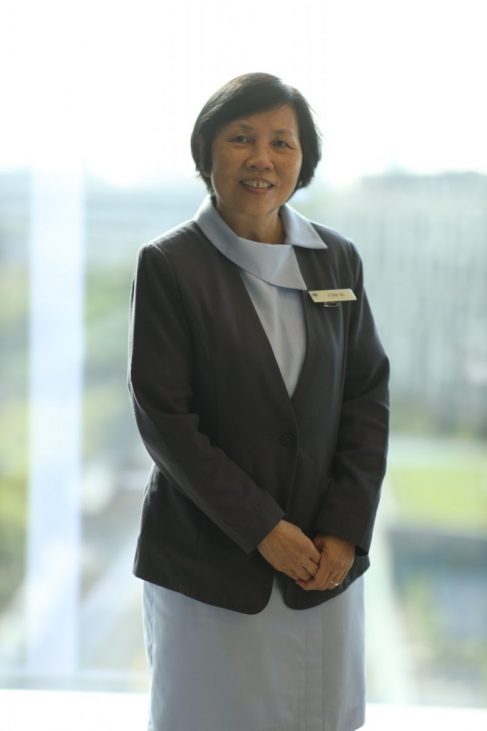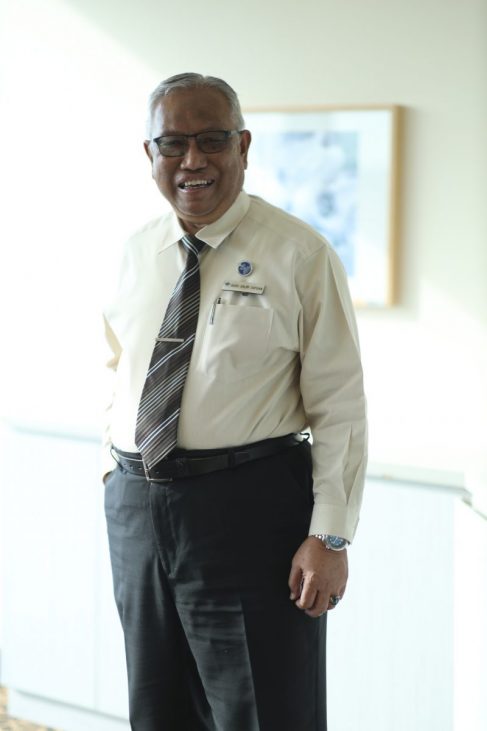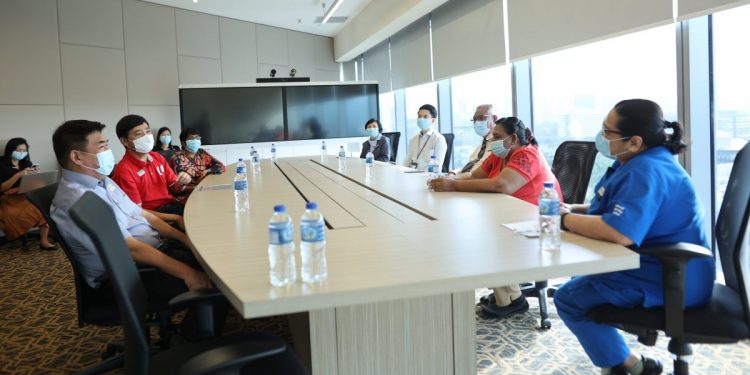This article is contributed by Labour Member of Parliament and NTUC Deputy Secretary-General, Heng Chee How. Any extracts must be attributed to the author. 5 February 2021.
Would you want to be given the chance and choice to contribute at work, for as long as you wish to?
All of the workers I’ve spoken to, young and old, have given a resounding “yes”.
While older workers have typically been one of the worker groups more vulnerable to employment challenges, it is encouraging to note that data from the Ministry of Manpower in 2020 suggests that the employment rate of workers age 65 and above actually rose by 0.9 per cent from 27.6 per cent in June 2019 to 28.5 per cent in June 2020.
I am encouraged by this because it means that the various government incentives and tripartite efforts to support the employment of older workers are working.
Of course, the overall trend may not apply to every industry, because there are distressed sectors, such as aerospace and aviation, and retail, who have had to significantly reduce their headcount due to COVID-19.
On this, I urge specific, industry-focused efforts to be stepped up to help our older workers in these distressed sectors keep their jobs, or be retrained and placed into jobs in other sectors.
What Has COVID-19 taught Us?
Despite upending our lives, COVID-19 has delivered valuable lessons. First, there is a renewed emphasis on workplace health, regardless of age.
Second, it has illustrated to us that amid threats, there are also opportunities. When COVID-19 struck, businesses started to pivot more to technology, and individuals had to quickly pick up new skills. Picking up our smartphones to order food, scan QR codes and leverage e-commerce has now become second nature to both business and individuals. Our older workers, too, had to adapt, and many did.
What has that taught both our older workers and employers? That it can be done.
Third, is the area of flexible work arrangements. In Budget 2019, I referred to how, if we can implement flexible work arrangements more systematically rather than on an ad-hoc basis, we can certainly do better in terms of retaining our workers, and allow more middle-aged workers to return to work from caregiving. It would indeed be a pity if workers have to choose between work and family, just because companies cannot and do not offer enough flexible work options. But COVID-19 has forced employers to really look at how work can carry on in non-traditional ways – from working from home to implementing staggered start hours, they adapted.
What does this show us? Again, that it can be done.
Many employers have done so, even before COVID-19. Take National University Hospital as an example. They have long strongly believed in redesigning jobs, offering flexible work arrangements as well as availing training opportunities, just so that their older workers can continue working. I met five of them yesterday, and they all shared how appreciative they were of a work environment and culture that supports them in continuing to work and to progress.



Raising the Retirement and Re-employment Ages and CPF Contributions
The tripartite partners have taken to legislation to ensure older workers have the opportunity to work longer by raising the retirement and re-employment ages. After all, being employed is the best safety net, and companies need workers.
The Labour Movement called for tripartite discussions on this subject in 2018. The Government responded positively to our call and set up the Tripartite Workgroup on Older Workers, who then reached consensus to raise the Statutory Retirement Age from 62 to 65, and the re-employment age ceiling from 67 to 70 progressively over the coming decade, starting with a new retirement age of 63 and a new re-employment age of 68 from July 2022.
This schedule was first put in place by the tripartite partners to enhance the retirement and re-employment framework, strengthen older workers’ retirement adequacy, and further promote progressive workplaces that value older workers.
Many companies and organisations have proven that this can be done. NTUC as an employer has taken the lead. We have raised the organisational retirement age and re-employment age ceiling from 1 January 2021, as earlier announced. NTUC’s social enterprises will do so from 1 July 2021, also as earlier announced. The Public Service Division also said in 2019 that it will raise the retirement and re-employment ages of its officers by one year to 63 and 68 respectively in July 2021.
In the unionised sector, we now have about 100 employers who have raised either the retirement age or re-employment age, or both. This is double the number in 2019.
To help workers enhance their retirement adequacy, we also called for sustainable increases in CPF contributions for older workers over the years.
Unfortunately, COVID-19 disrupted the whole economy, forcing the planned CPF enhancements to be deferred by a year to 1 January 2022. The Labour Movement supported the move, as more importantly, it would help more older workers keep their jobs amid the pandemic.
Yet, we must be careful to keep pace with our original intent and purpose of helping older workers enhance their retirement adequacy, given the longer lifespans.
I am therefore calling for the planned raising of the Statutory Retirement and Re-employment Ages come July 2022, as well as with the agreed deferred improvements to the CPF contributions due in January 2022, to proceed without further delay. At the same time, I also urge the Government to help employers defray part of the cost of their enhanced CPF contributions, as was the plan before the deferment.
Conclusion
If COVID-19 has taught us anything, it is that the perceived barriers to employing older workers can be overcome and that older workers have once again proven their value and adaptability.
The Labour Movement will continue to do our utmost to safeguard our older workers in employment and employability. As a valuable part of our workforce, it behoves us to have the right HR practices in place so that their potential can be tapped on. Because every one of us will be an older worker one day.

